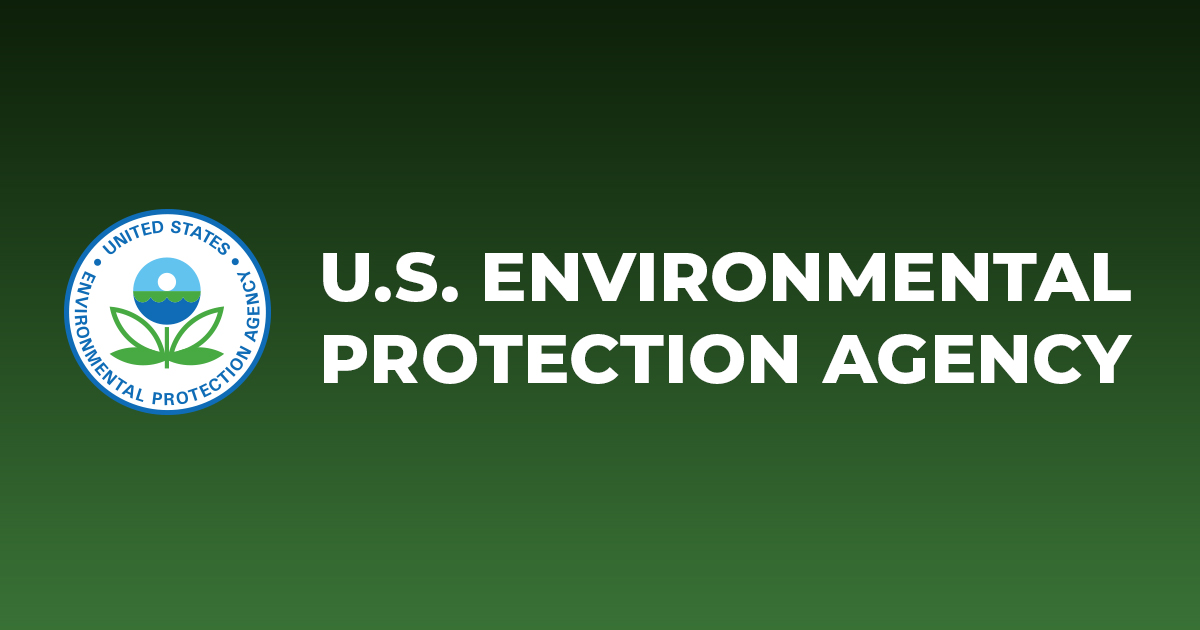

On this page
There are five main areas that must be “controlled” during composting.
Composting, or controlled decomposition, requires a proper balance of “green” organic materials and “brown” organic materials. “Green” organic material includes grass clippings, food scraps, and manure, which contain large amounts of nitrogen. “Brown” organic materials includes dry leaves, wood chips, and branches, which contain large amounts of carbon but little nitrogen. Obtaining the right nutrient mix requires experimentation and patience. It is part of the art and science of composting.
Grinding, chipping, and shredding materials increases the surface area on which microorganisms can feed. Smaller particles also produce a more homogeneous compost mixture and improve pile insulation to help maintain optimum temperatures (see below). If the particles are too small, however, they might prevent air from flowing freely through the pile.
Microorganisms living in a compost pile need enough moisture to survive. Water is the key element that helps transports substances within the compost pile and makes the nutrients in organic material accessible to the microbes. Organic material contains some moisture in varying amounts, but moisture also might come in the form of rainfall or intentional watering.
Turning the pile, placing the pile on a series of pipes, or including bulking agents such as wood chips and shredded newspaper all help aerate the pile. Aerating the pile allows decomposition to occur at a faster rate than anaerobic conditions. Care must be taken, however, not to provide too much oxygen, which can dry out the pile and impede the composting process.
Microorganisms require a certain temperature range for optimal activity. Certain temperatures promote rapid composting and destroy pathogens and weed seeds. Microbial activity can raise the temperature of the pile’s core to at least 140° F. If the temperature does not increase, anaerobic conditions (i.e., rotting) occur. Controlling the previous four factors can bring about the proper temperature.
Organizations that are going to compost small amounts of wasted food can compost onsite. Composting can significantly reduce the amount of wasted food that is thrown away. Yard trimmings and small quantities of food scraps can be composted onsite. Animal products and large quantities of food scraps are not appropriate for onsite composting.
Learn how to create your own compost pile